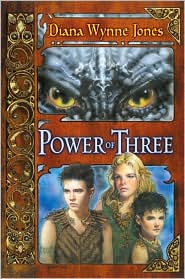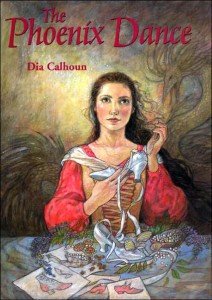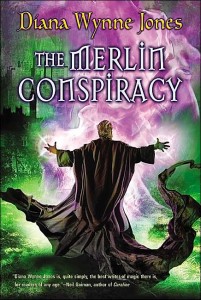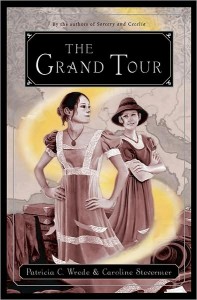
 The sins of a generation past come back to haunt the present, in this fantasy from Diana Wynne Jones, originally published in 1976 and part of the ongoing reprint effort by Greenwillow Books. The Moor is inhabited by three different races: the shapeshifting Dorig, the magical People, and the lumbering Giants. Normally, the People and Dorig fight on a small scale, avoiding the Giants whenever possible. However, when the Dorig flood one of the People mounds, all-out war seems inevitable. But little do they all know their current troubles stem back to a curse placed upon the Moor a generation ago with a dying breath, and that it’ll take all three peoples working together to prevent a catastrophe. And only three children of the People can make it happen: Ayna, who can answer questions about the future, Ceri, who can find anything, and Gair, who makes up for his lack of magical gifts with extensive knowledge. Only they can ally themselves with the Giants, and learn to understand the Dorig, and forge a fragile peace long enough to attempt to break the curse and save their land. But what sort of sacrifice will be required to appease the bloodthirsty Powers?
The sins of a generation past come back to haunt the present, in this fantasy from Diana Wynne Jones, originally published in 1976 and part of the ongoing reprint effort by Greenwillow Books. The Moor is inhabited by three different races: the shapeshifting Dorig, the magical People, and the lumbering Giants. Normally, the People and Dorig fight on a small scale, avoiding the Giants whenever possible. However, when the Dorig flood one of the People mounds, all-out war seems inevitable. But little do they all know their current troubles stem back to a curse placed upon the Moor a generation ago with a dying breath, and that it’ll take all three peoples working together to prevent a catastrophe. And only three children of the People can make it happen: Ayna, who can answer questions about the future, Ceri, who can find anything, and Gair, who makes up for his lack of magical gifts with extensive knowledge. Only they can ally themselves with the Giants, and learn to understand the Dorig, and forge a fragile peace long enough to attempt to break the curse and save their land. But what sort of sacrifice will be required to appease the bloodthirsty Powers?
One of Jones’ earlier books, it’s still an excellent read, full of unusual twists and turns, drawing to a moralistic conclusion with which one can hardly find fault. With magic and adventure galore, it shifts shape as easily as one of the Dorig, exploring the difference between what the stories say, and what really happened, and delving into the obligations of the current generation to repair the sins of the past. I’m glad this has been made available once again.










